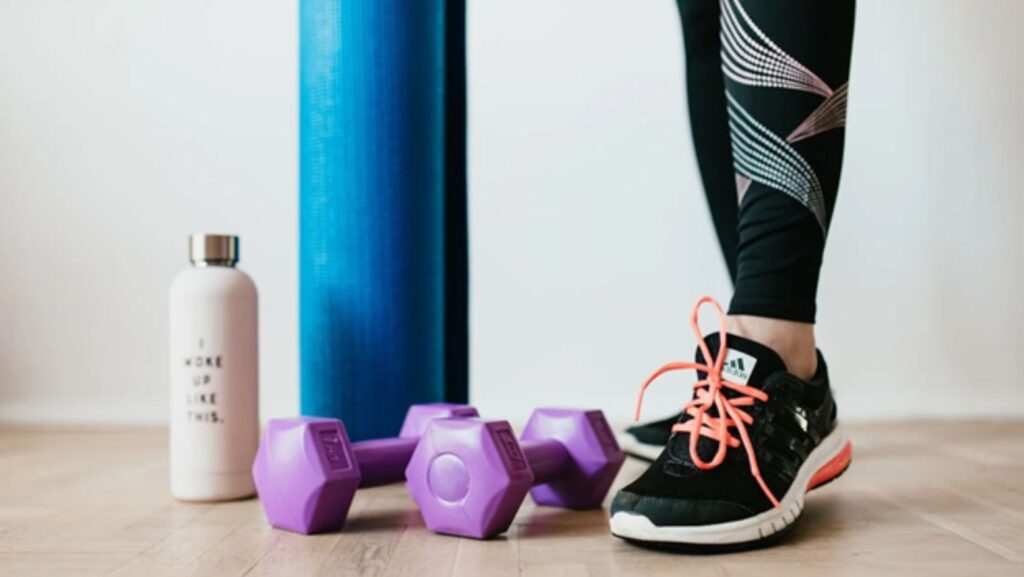In today’s fast-paced work environment, many jobs require prolonged periods of standing. Whether you’re a retail worker, healthcare professional, or factory worker, standing for extended hours can take a toll on your body. Over time, this can lead to fatigue, discomfort, and even severe health issues like varicose veins. If you “Standing All Day at Work? 7 Tips to Lower Varicose Vein Risk” can offer valuable advice. Still, exploring a comprehensive approach to maintaining your health and energy levels is essential.
Understanding the Impact of Prolonged Standing
Over an extended period, standing can impact your body in different ways. The more direct impacts include exhaustion and soreness of the feet, legs, and lumbar region. This is usually attributed to the decreased mobility of confined individuals in wheelchairs. Thus, the blood circulates mainly in the lower limbs, resulting in swelling and pain. Eventually, this can lead to complications like varicose veins, plantar fasciitis, and joint issues, among others.
Standing also affects the circulatory system by putting a lot of pressure on it for an extended period. If you stand for a long time, your heart has to ‘climb’ back the blood to your heart, which may be tiresome. This pressure could strain the heart tremendously, especially in those with heart complications. Hence, it is necessary to develop interventions that enable the employees to take periodic movements at the workplace.
Tips to Stay Healthy and Energetic
Wear Supportive Footwear
Purchasing good, supportive shoes is probably one of the best things one can do for one’s health while standing.

Proper cushioning, arch support, and the right shoe size make a big difference in the pressure and strain exerted on your feet and legs. You may also wish to consider using orthotics for added support, which will be specific to your needs and ease the burden on particular areas of the foot.
Incorporate Movement into Your Day
As a result, it becomes crucial to emphasize the movement during the working day to minimize the negative impact of protracted standing. Calf raises, ankle circles, and foot flexes are mild foot exercises that can help the circulation of the feet and ease muscle tightness. The best long-term goal is to change position at least once an hour, even for a few minutes. Moving around, stretching your arms and legs, and shifting positions will help relieve the pressure on your lower limbs, which keeps the muscles working.
Practice Good Posture
It is, therefore, essential to always maintain good posture so one does not feel tired or develop aches in the back. This can be done by standing with the feet apart but parallel to each other, with equal weight distribution, and the knees should not be bent or straight. Maintain a good posture; ensure that your shoulders are back, your chest is out, and your head is straight and not tilted backward. Besides, it has been identified that good posture decreases the stress on muscles and joints and also enhances circulation and energy.
Stay Hydrated
Water is an essential part of our body and is critical in improving energy and health standards. When the body is dehydrated, its performance is reduced, and you may experience fatigue, muscle cramps, and even reduced mental capability. It is good to drink a lot of water throughout the day, especially if you are on a production line or working under sweltering conditions. One should limit the intake of caffeine and sugary products because they cause dehydration and a sudden lack of energy.
Use Anti-Fatigue Mats
Anti-fatigue mats are meant to be standing pads that can ease pressure on feet and legs by offering a softer platform to stand on. These mats promote less intense, rhythmic motions that help increase blood flow and decrease exhaustion. It is also possible to install anti-fatigue mats in areas of the workplace where you stand most of the day, for example, behind counters or any working surfaces.
Take Regular Breaks
You must take breaks regularly to avoid getting bored and tired of what you are doing. Make it a point to take your breaks, sit down, get off your feet, and relax your muscles.

Prolonged standing results in considerable physical stress and fatigue, and taking a break can help reduce that stress. Incorporating short, several-minute breaks during working hours is better than taking a long break in the middle of the day.
Strengthen Your Core and Lower Body
Strength exercise can help strengthen muscles in the middle and lower parts of the body and thus support posture during standing. Implement squats, lunges, planks, and leg raises into your workout regimen. Strong muscles have several benefits, including the ability to bear one’s body weight and reduce the chance of chronic pain and injuries.
Conclusion
Trying to stay on your feet for many hours at work can be pretty uncomfortable, but one can stay healthy all through with proper measures. Wearing appropriate shoes, engaging in physical activity with stretching, maintaining correct posture, drinking water, using anti-fatigue mats, walking, stretching, and performing stomach and lower limb exercises are some measures that can be taken to prevent the adverse effects of standing. That way, you will remain comfortable, animated, and in good health, even if you are seated most of the time. However, your duty requires you to be on your feet throughout.
